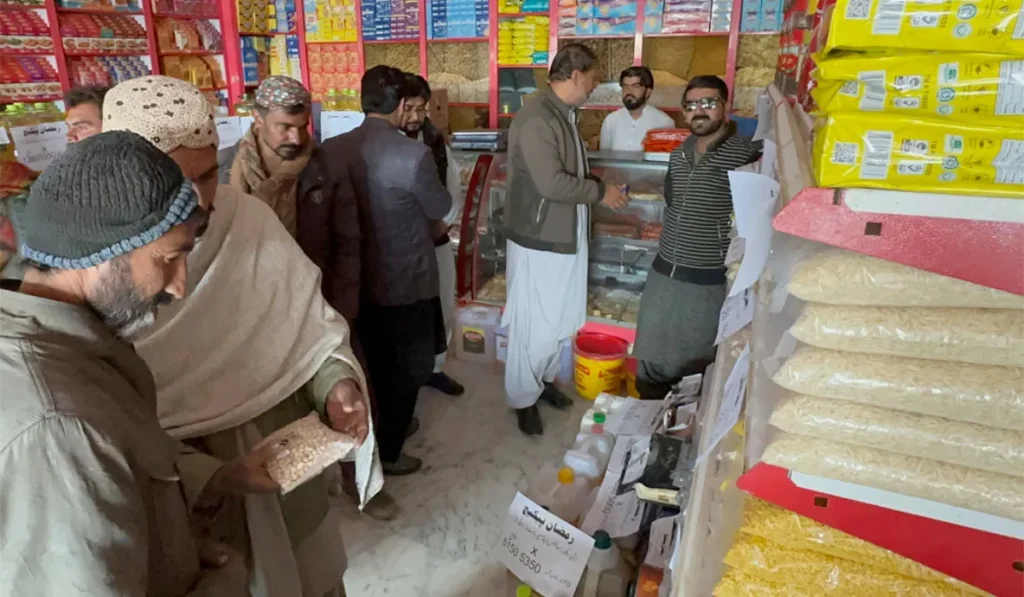Islamabad: Inflation in Pakistan eased to a multi-decade low in April 2025, declining by 0.3% compared to the previous month, according to the latest data released by the Pakistan Bureau of Statistics (PBS).
This marks a continued downward trend, as inflation in March 2025 stood at 0.7%.
On a year-on-year basis, inflation in April 2024 was recorded at approximately 17.3%, highlighting the significant progress made in curbing price pressures over the past year.
The average inflation rate for the first ten months of the current fiscal year (July to April FY25) has dropped to 4.73%, a dramatic improvement compared to the 25.97% recorded during the same period in FY24.
This substantial decline reflects the cumulative impact of tight monetary policies, improved supply-side management, and easing global commodity prices.
The data suggests growing macroeconomic stability, though continued vigilance will be necessary to sustain this progress and guard against future price shocks.
Inflation Background
Pakistan’s Consumer Price Index (CPI) inflation has experienced a significant decline over recent months, reflecting a broader trend of economic stabilization.
In January 2025, the CPI inflation rate dropped to 2.4%, marking its lowest level in nearly a decade and a sharp decrease from 28.3% in January 2024.
This downward trend continued into February, with inflation falling to 1.5%, the lowest in nearly ten years.
The finance ministry projected a slight increase in inflation to 2–3% in February, with expectations of a further rise to 3–4% by March 2025.
Read More: Finance Ministry Warns of Inflation Rise by 2025
The easing of inflation is attributed to several factors, including a favorable base effect from the previous year’s high inflation, a decrease in global commodity prices, and improved domestic supply chains.
Additionally, the State Bank of Pakistan’s monetary policy interventions, such as reducing the key policy rate by 1,000 basis points since June 2024, have contributed to the disinflationary trend.
Despite the overall decline, certain sectors, particularly food items like potatoes, gram flour, and pulses, have experienced price hikes, especially in rural areas.
These increases have been attributed to supply-side constraints and seasonal factors.
Also Read: Food Prices Push Weekly Inflation Up
Nevertheless, the general trajectory indicates a stabilization of prices, offering some relief to consumers and creating a more favorable economic environment.
